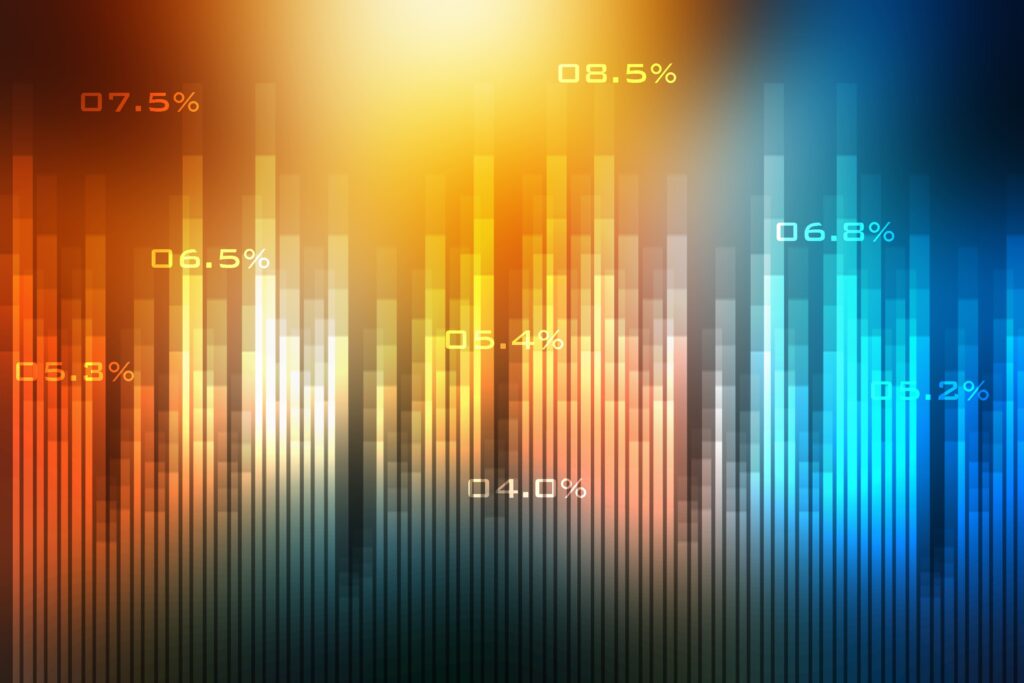
Is intelligent video analytics a bubble or a breakthrough in technology?
Is intelligent video analytics a bubble or a breakthrough in technology?
The mainstream of the video surveillance market in 2021 is intelligent software with elements of artificial intelligence and deep learning. The projected average annual market growth rate before 2025 is 10.4%. This is evidenced by the forecasts of analysts from MarketsandMarkets and IHS Markit. However, many users do not understand modern video analytics if it is a bubble or a breakthrough in technology. Let’s figure it out.
Why do you need video analytics?
The paradox is that if tens or hundreds of video cameras are involved in a video surveillance system, the overall situational awareness may decrease. When there are many video streams, it isn’t easy to track them with human resources, mainly if the recording is continuous.
For example, after the terrorist bombings in the London Underground (2005), police, military personnel and hundreds of volunteers were recruited to watch videos and search for criminals
Not to attract additional human resources, intelligent video surveillance and self-learning video analytical algorithms have been created to solve such problems. They can respond to an unlimited number of scenarios.
By the way, today, during a pandemic, the number one issue at large enterprises and office centres is wearing masks. Priority is given to non-contact control methods.
Using an intelligent machine learning algorithm that responds to two human-masked objects, the system will notify the remote operator of violations. In this case, you can configure the exact implementation of the instructions (the mask must be worn on the face).
In the transport sector, more complex algorithms are used for safe city systems solutions to recognize complexes of objects:
- monitoring compliance with traffic rules, including permissible speeds;
- traffic light monitoring;
- recognition of numb state plates of vehicles;
- identification of the colour and model of cars, as well as the external features of pedestrians;
- determining the direction of movement and traffic congestion;
- recognizing the facts of illegal parking.
What are smart video analytics and neural network?
A neural network is a trainable algorithm consisting of a chain of neurons. Each link is a separate element responsible for recognition (colour, volume, size, one object). All links together “see” the entire object of observation.
At the same time, the system can learn: memorize and compare information, act according to a given template and issue independent reactions.
However, no one should wait for the manifestation of “powerful” intelligence, equal to or superior to a human one.
Let me explain with an example: let’s say video analytics aims to identify employees without a helmet. If a person puts on a cap instead of a helmet, the neural network will give the verdict “no helmet”. It will not be able to provide the answer, “this is a cap, but not a helmet.”
The possibilities of artificial intelligence in video surveillance
At this stage of the development of the IT market, artificial intelligence can bring benefits and profits since it can be used in video surveillance to perform the following tasks:
- contactless methods for objects identification, including in motion;
- face recognition (with an accuracy of 99.8%) and license number plates;
- maintaining lists (VIP, black);
- counteraction to offences and crimes;
- detection of abnormal situations and quick notifications of operators;
- monitoring compliance with work discipline and providing quality service;
- control over the observance of safety measures in manufacturing;
- count and classification of objects (buyers, visitors, cars, animals).
Features of behavioural video analytics
Behavioural Intelligent Video Analytics is designed to detect suspicious individuals and possible offences (from theft at gas stations to major terrorist attacks).
Algorithms that can scan and analyze the sequence of a suspicious position of the human body and compare them with snapshots from a database are behavioural.
Today similar technologies are used:
- in trade. Read the article “A camera for thieves detection in shops. Is this myth or reality?“;
- in the transport infrastructure of large cities;
- in the police;
- in public places.
Disadvantages of AI
Despite the extensive functionality and range of capabilities of artificial intelligence, it has some disadvantages:
- lack of ability to analyze the sequence of events;
- technical impossibility to understand the apparent logical relationships of what is happening in the field of view of IP cameras;
- high probabilities of obtaining a dead-end result of training a neural network;
- the need for multi-cycle adjustment of system elements and the establishment of relationships;
- extended time spent on preparing the neural network;
- relatively high cost of the solution. However, every year the pricing policy is getting lower and lower. Please take a look at Faceter and its democratic pricing.
Conclusions
What seemed science fiction yesterday has become a reality today, thanks to artificial intelligence. Video surveillance has acquired additional analytical functions, expanding its scope from security issues to complex marketing problems solutions. The technological breakthrough has taken place, and the future has already arrived.








